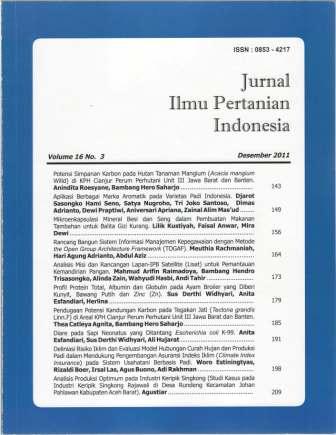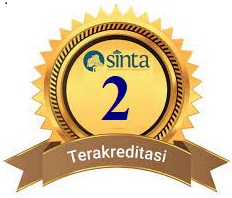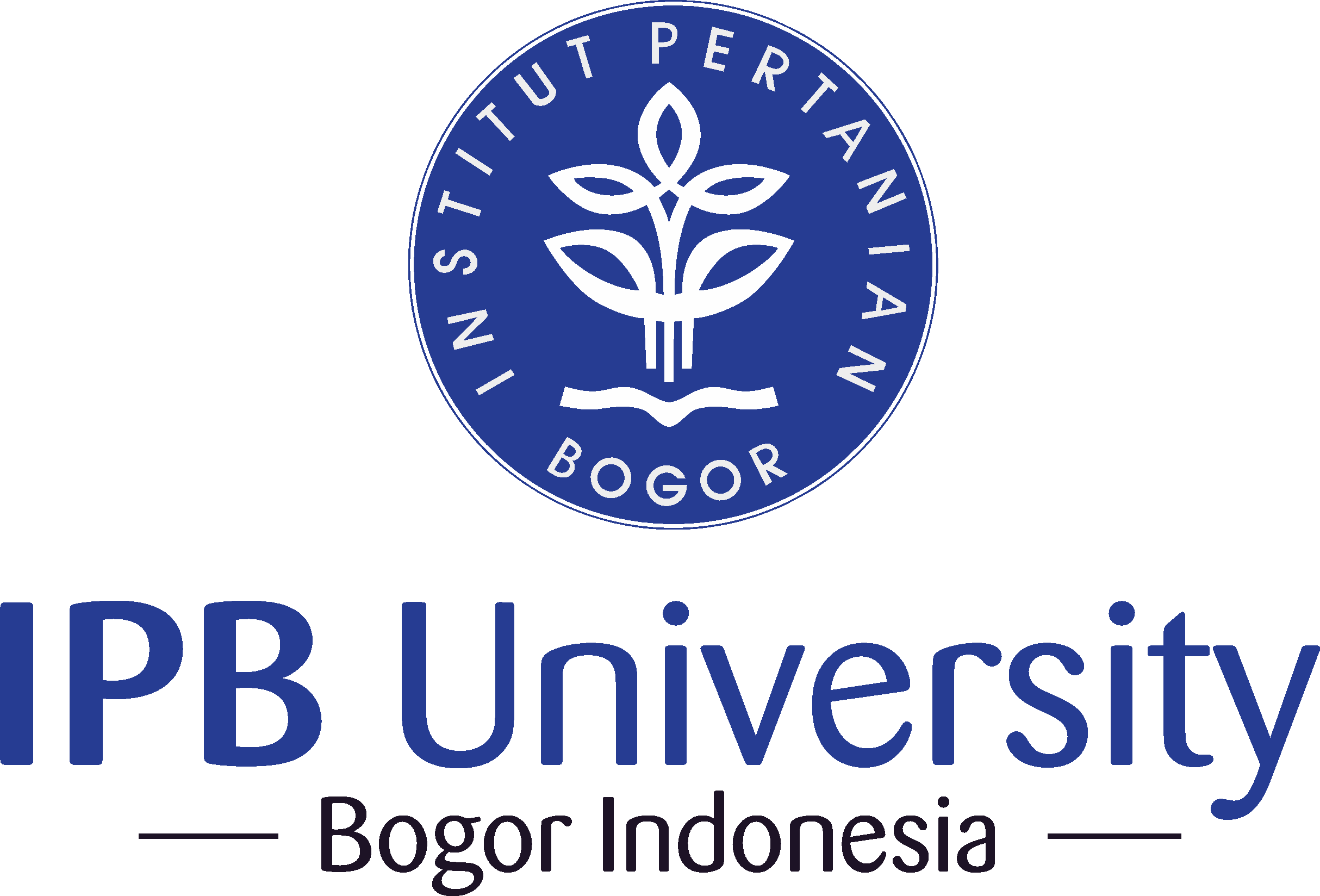Potensi Simpanan Karbon Pada Hutan Tanaman Mangium (Acacia mangium WILLD.) di KPH Cianjur Perum Perhutani Unit III Jawa Barat dan Banten
Abstract
One of the best solution to reduce the increasing of carbiondioxide is keeping the forest and its ecosystems sustainably. It should be done because the forest could store the carbon stock at high level capacity. The research purposed to calculate the above ground carbon stock of planted A.mangium. Planted A.mangium in the year 2002 and 2004 used for calculation. Research done during April to May 2010 ath KPH Cianjur, State Own Company Perhutani Unit III, West Java and Banten. Data collecting through plot establishment in the field that was 20 m x 20 m for trees biomass and 2 m x 2 m sub-plot for litter and understorey. Results of research shown that the carbon stock of A.mangium planted in the year was 43.30 ton/ha while planted in the year 2004 was 27.70 ton/ha.
Downloads
References
Bowyer JL, Shmulsky R, Haygreen JG. 2003. Forest Products and Wood Science. An Introduction. Ed ke-4. Iowa State Press.
Brown S. 1997. Estimating biomass and biomass change of tropical forest. A Primer. USA: FAO. Forestry Paper 134: 10-13.
Hairiah K, Rahayu S. 2007. Pengukuran Karbon Tersimpan di Berbagai Macam Penggunaan Lahan. Bogor: World Agroforestry Centre.
Heriyanto NM, Siregar CA. 2007. Biomasa dan konservasi karbon pada hutan tanaman mangium (Acacia mangium Willd.) di Parungpanjang, Bogor, Jawa Barat. Info Hutan 4(1):65-73.
Montgomery DC. 1996. Design and Analysis of Experiments. 5th Edition. Wiley, New York.
Soemarwoto O. 1994. Ekologi, Lingkungan Hidup dan Pembangunan. Jakarta: Djambatan.
Suhendang E. 2002. Pengantar Ilmu Kehutanan. Bogor: Yayasan Penerbit Fakultas Kehutanan IPB.
Tiryana T. 2005. Pengembangan metode penggunaan sebaran potensi biomassa dan karbon pada hutan tanaman mangium (Acacia mangium Willd.). Fakultas Kehutanan Institut Pertanian Bogor.
This journal is published under the terms of the Creative Commons Attribution-NonCommercial 4.0 International License. Authors who publish with this journal agree to the following terms: Authors retain copyright and grant the journal right of first publication with the work simultaneously licensed under a Creative Commons Attribution-NonCommercial 4.0 International License. Attribution — You must give appropriate credit, provide a link to the license, and indicate if changes were made. You may do so in any reasonable manner, but not in any way that suggests the licensor endorses you or your use. NonCommercial — You may not use the material for commercial purposes.



















